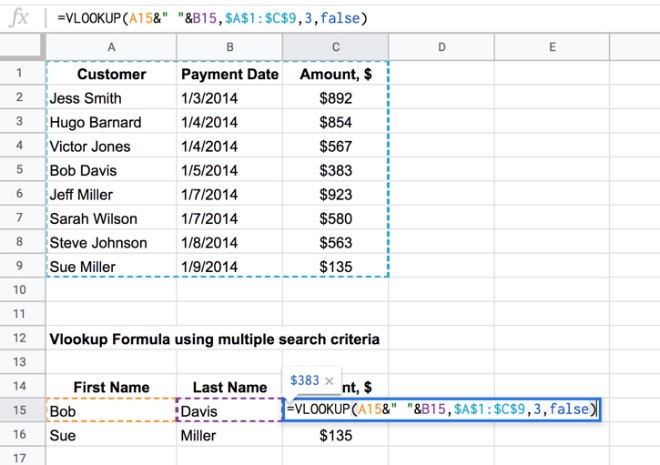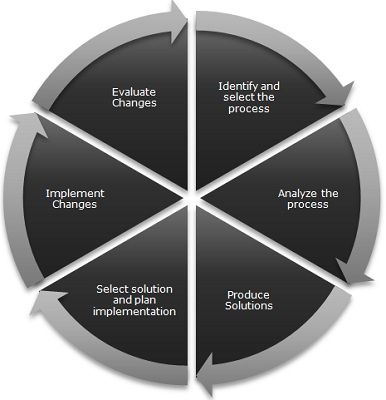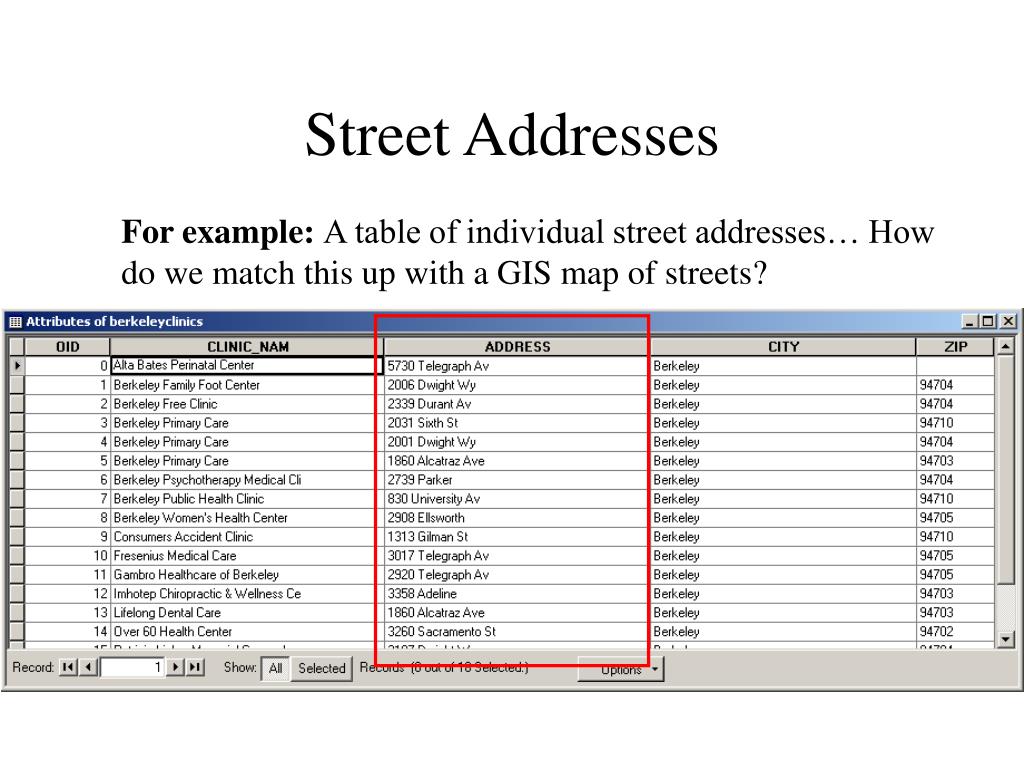Junk Email? Bye! Outlook's Auto-Delete Trick
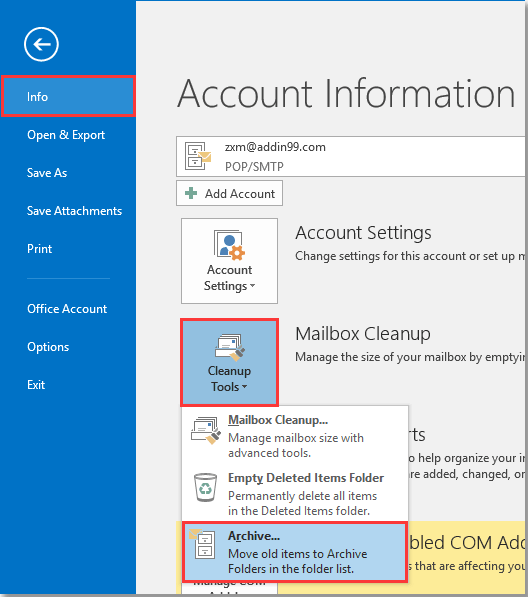
In the digital age, where our inboxes are often bombarded with a never-ending stream of emails, managing our communication effectively has become a top priority. Microsoft Outlook, one of the most popular email clients, understands this challenge and offers a powerful solution: the Auto-Delete feature. This innovative tool not only helps declutter your inbox but also saves you valuable time and energy. In this comprehensive guide, we'll delve into the world of Outlook's Auto-Delete feature, exploring its capabilities, benefits, and how it can revolutionize your email management routine.
Unveiling Outlook’s Auto-Delete: A Game-Changer for Email Management
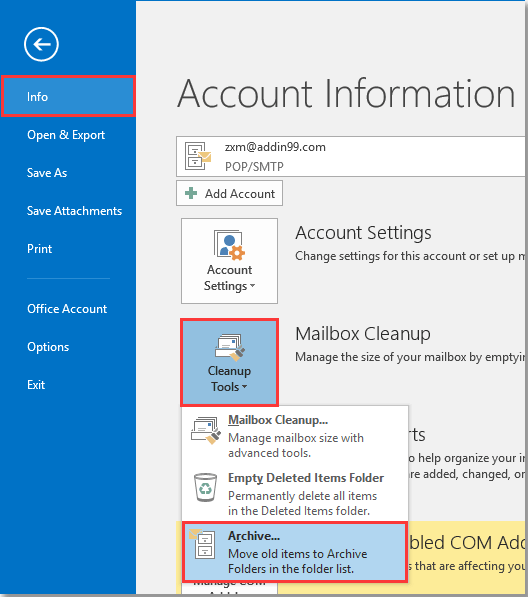
Microsoft Outlook, renowned for its robust features and user-friendly interface, has consistently aimed to enhance the email experience for its users. The Auto-Delete feature is a testament to this commitment, offering a seamless way to keep your inbox organized and free from clutter.
Understanding Auto-Delete: How It Works
Outlook’s Auto-Delete feature is a rule-based system that allows you to automatically delete emails that meet specific criteria. This means you can set up rules to delete emails from certain senders, with specific subjects, or those that contain particular keywords. The feature is incredibly flexible, catering to a wide range of email management needs.
For instance, if you receive newsletters or promotional emails from various sources, you can create a rule to automatically delete any email with the word "newsletter" in the subject line. This way, you won't have to manually sift through and delete these emails, saving you precious time.
The Benefits: A Clean and Efficient Inbox
The advantages of Outlook’s Auto-Delete feature are manifold. Firstly, it helps maintain a clean and organized inbox, ensuring that only the emails you need or want remain visible. This streamlined approach makes it easier to locate important messages and reduces the cognitive load of sifting through a cluttered inbox.
Secondly, Auto-Delete significantly improves your email productivity. By automatically deleting irrelevant or unwanted emails, you can focus on the messages that require your attention, leading to faster response times and improved efficiency. No more wasting time deleting junk emails manually!
Moreover, this feature enhances your overall email experience. With a tidy inbox, you're more likely to engage with your emails, leading to better communication and a more positive perception of your email client.
Setting Up Auto-Delete: A Step-by-Step Guide
To harness the power of Outlook’s Auto-Delete feature, follow these simple steps:
- Open Outlook: Launch the Outlook application on your device.
- Access Rules: Click on the File tab and select Manage Rules & Alerts from the menu.
- Create a New Rule: Click on New Rule and choose the criteria for your rule. You can specify senders, subjects, or keywords.
- Select Actions: Choose the Delete action to automatically delete emails that meet your criteria.
- Review and Save: Review the rule settings and click OK to save the rule. Outlook will now apply this rule to your incoming emails.
That's it! With these simple steps, you've set up an automated system to keep your inbox clean and organized.
Best Practices and Tips for Effective Auto-Delete Rules
While Outlook’s Auto-Delete feature is straightforward, there are some best practices to ensure optimal results:
- Specificity is Key: Create rules that are as specific as possible to avoid accidentally deleting important emails. For instance, instead of deleting all emails from a particular sender, consider deleting only those with a specific subject or keyword.
- Regular Review: Periodically review your Auto-Delete rules to ensure they're still relevant and effective. Your email needs may change over time, so it's essential to keep your rules updated.
- Use Filters: Combine Auto-Delete rules with filters to further refine your email management. Filters allow you to organize emails into different folders based on specific criteria, enhancing your inbox organization.
- Test Before Applying: When creating new rules, consider testing them on a small sample of emails first to ensure they work as intended. This precautionary step can prevent accidental deletion of important messages.
Advanced Auto-Delete Techniques
For power users and those with more complex email management needs, Outlook offers advanced Auto-Delete techniques. These include:
- Nested Rules: Create rules that depend on other rules. For example, you can set up a rule to delete emails from a particular sender but only if they contain a specific keyword in the subject line.
- Date-Based Rules: Set up rules to delete emails older than a certain date. This is especially useful for archiving or deleting outdated emails.
- Integration with Other Apps: Outlook integrates seamlessly with other Microsoft apps like SharePoint and OneDrive. You can create rules to automatically save or delete emails based on their attachments or content, streamlining your workflow.
Real-World Examples: Auto-Delete in Action
To illustrate the power of Outlook’s Auto-Delete feature, let’s explore some real-world scenarios:
Scenario 1: Newsletter Management
You subscribe to numerous newsletters, but you only want to keep a few in your inbox. With Auto-Delete, you can create a rule to delete all newsletters except those from your favorite brands. This ensures a clutter-free inbox without missing out on the content you care about.
Scenario 2: Spam Control
Spam emails are a nuisance, and they can quickly fill up your inbox. By setting up an Auto-Delete rule to delete emails from unknown senders or those with suspicious subjects, you can significantly reduce the amount of spam you receive.
Scenario 3: Archiving Old Emails
As your inbox grows, it can become cumbersome to manage. With Auto-Delete, you can create a rule to archive or delete emails older than a certain date. This helps keep your inbox organized and ensures you don't accidentally delete important messages while decluttering.
Outlook’s Auto-Delete: A Glimpse into the Future
As technology advances, Outlook’s Auto-Delete feature is poised to evolve further. With machine learning and artificial intelligence, Outlook may soon be able to automatically learn your email preferences and create rules based on your interactions. This adaptive approach could revolutionize email management, making it even more efficient and personalized.
Additionally, Outlook's integration with other Microsoft apps and services is likely to deepen, offering more seamless and automated email management solutions.
Conclusion: Embracing the Power of Auto-Delete
Outlook’s Auto-Delete feature is a game-changer for anyone looking to streamline their email management. By automating the process of deleting unwanted or irrelevant emails, you can focus on the messages that matter, leading to increased productivity and a more enjoyable email experience. With its flexibility and advanced capabilities, Outlook’s Auto-Delete is a tool that every email user should consider implementing.
So, why waste time manually deleting junk emails when Outlook can do it for you? Embrace the power of Auto-Delete and take control of your inbox today!
Frequently Asked Questions
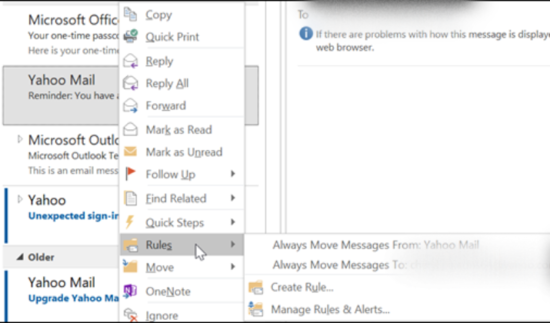
Can I recover emails deleted by Auto-Delete?
+Yes, Outlook provides a recovery feature for accidentally deleted emails. You can access the Deleted Items folder to restore any emails deleted by Auto-Delete.
How often does Outlook check for new emails to apply Auto-Delete rules?
+Outlook checks for new emails and applies Auto-Delete rules at regular intervals, typically every few minutes. This ensures that your inbox remains up-to-date and organized.
Are there any limitations to the number of Auto-Delete rules I can create?
+While there is no hard limit, it’s recommended to keep the number of rules manageable. Having too many rules can slow down Outlook’s performance, so it’s best to strike a balance between organization and efficiency.
